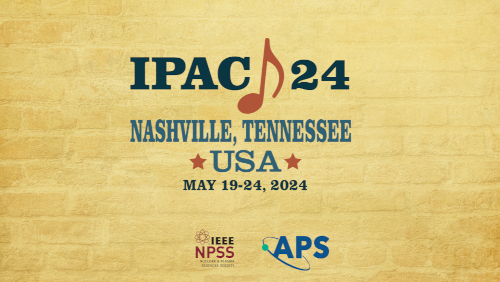Speaker
Description
An increasing number of accelerators are pursuing FLASH radiotherapy, which promises to mitigate unwanted damage to healthy tissues by applying ultra-high dose rates. To reach this extreme intensity regime, it is necessary to maximize the transmission through the exit nozzle, apart from increasing the accelerator’s output beam current. Simultaneously, the delivered beam properties must satisfy certain quality criteria that clinical applications require, such as transverse homogeneity.
For this reason, a Python-based software has been developed to optimize the design of double-scattering beam nozzles. For a user-defined set of incoming beam parameters, output field requirements and available materials, the tool searches for the most efficient scattering conditions utilizing a graphical interface. These conditions are then translated into distances and shaping of the scatterers, involving a combination of high and low-density elements in a multiple-ring arrangement. A solution for the treatment of eye tumors has been successfully calculated, implemented, and tested with beam, in order to demonstrate the capabilities of this approach.
| Region represented | Europe |
|---|---|
| Paper preparation format | LaTeX |

